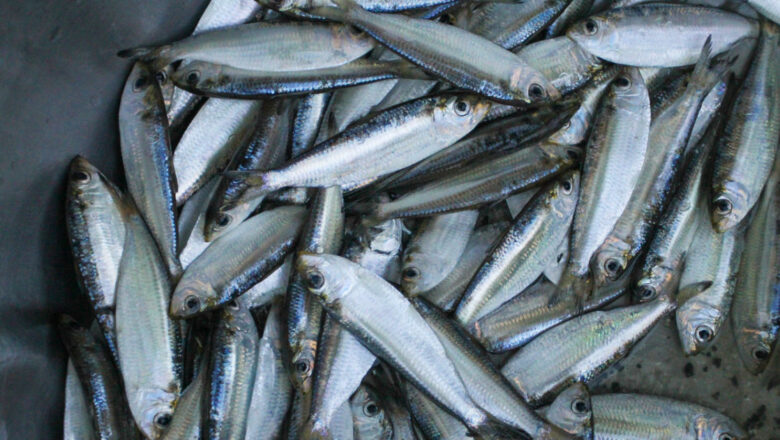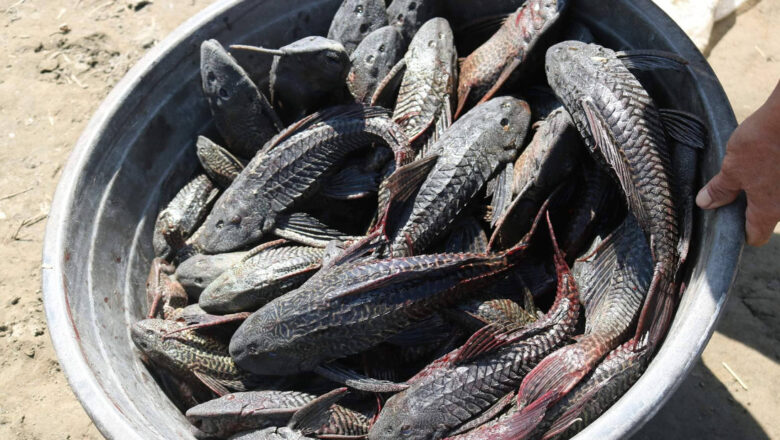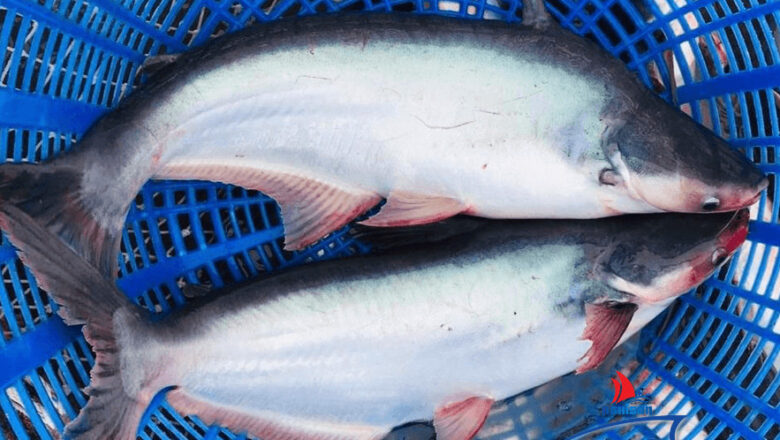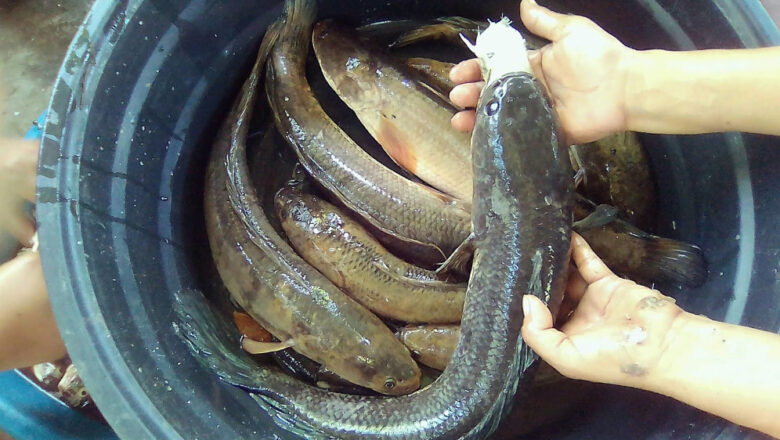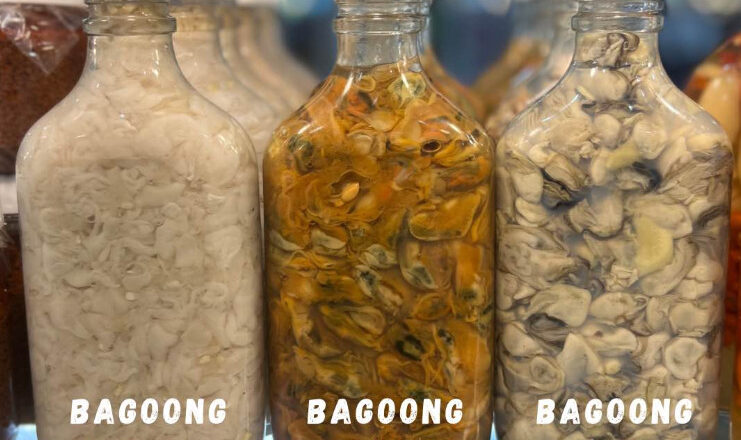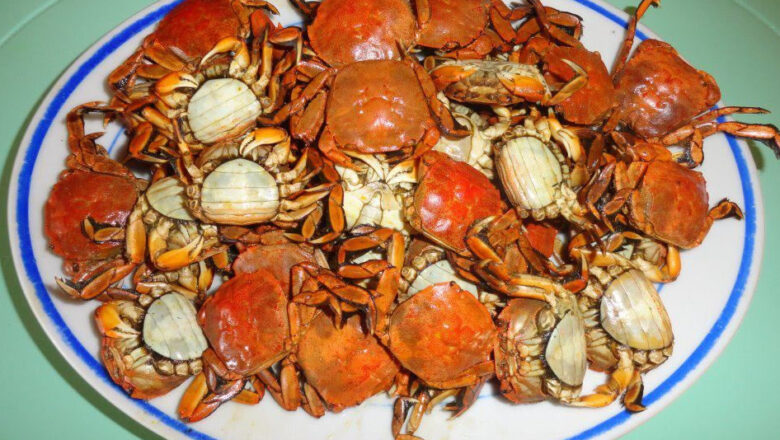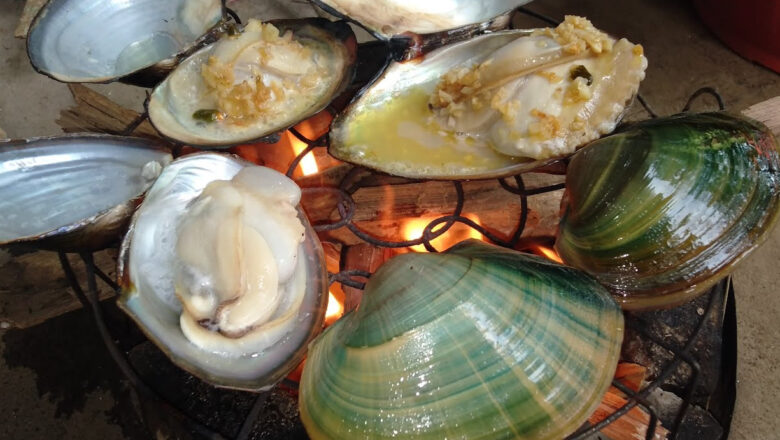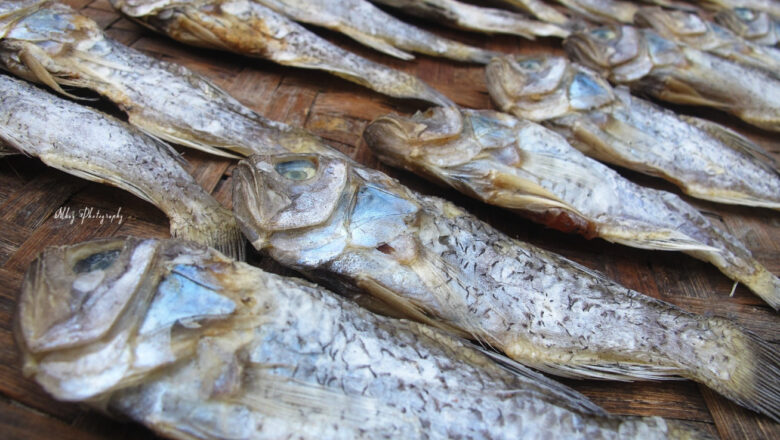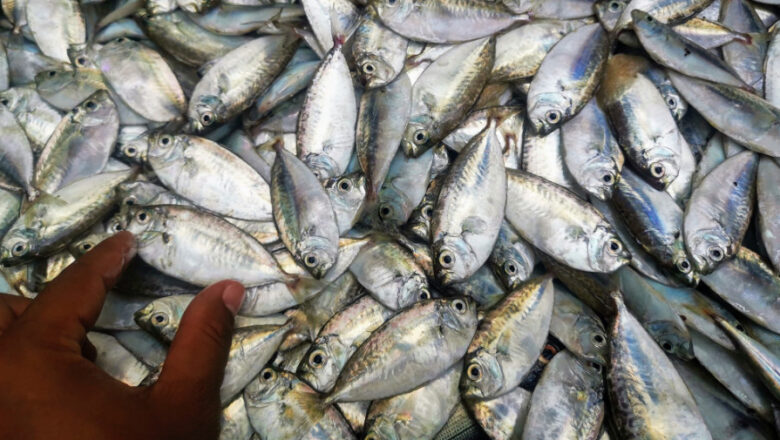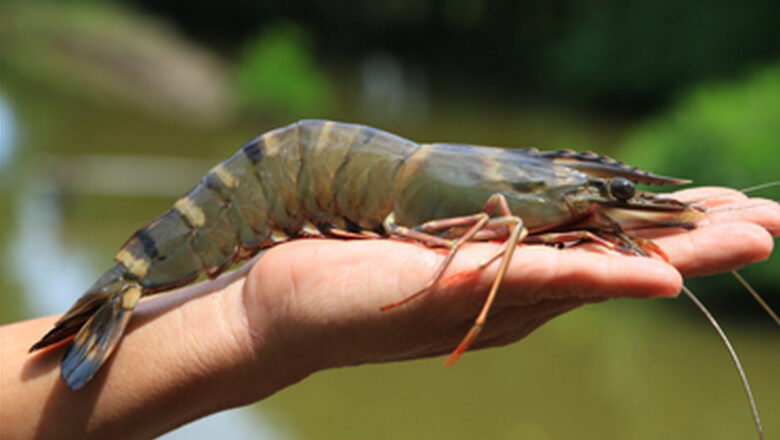
Black Tiger Prawn Farming New Techniques
Black Tiger Prawn farming has become a vital component of the global seafood industry, supplying a significant portion of the world's demand for these delectable crustaceans. However, the rapid expansion of shrimp aquaculture has not been without its challenges. One of the most pressing concerns is the environmental impact of shrimp farming, particularly in brackish water ponds. Pollution management has emerged as a crucial aspect of sustainable shrimp production to reduce the ecological footprint and protect shrimp farmers from potential losses during disease outbreaks. This article will explore the Black Tiger Prawn farming process and the innovative techniques that are revolutionizing the industry.
Understanding the Importance of Pollution Management
Before delving into the specific t...

